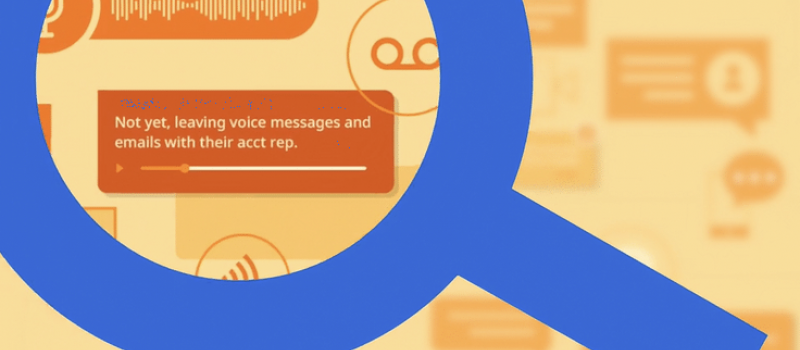If you work in IT management, chances are that you are well-versed in using Active Directory, a database service developed by Microsoft for Windows network domains. But even if you aren’t an IT administrator, it’s still worth learning what Active Directory is and what it does because it plays such a fundamental role in keeping a company’s network secure.
Read on to find out everything you need to know about Active Directory, including how you can streamline the management of your directory if your company uses Intermedia products.
What Is Active Directory?
Active Directory, also referred to as AD, is a live directory that stores account login data and information on other resources within the network.
As a directory service, it uses a hierarchical structure to organize information. Unlike a basic database, which is simply a storage tool, AD is dynamic – it lets IT administrators search and manage the resources on the database so they can constantly ensure the network hierarchy is organized properly.
What Information Is Stored on Active Directory?
Active Directory stores information as “objects.”
In the world of AD, objects are any resources within the network, such as:
- User accounts and their passwords
- Computers
- Printers
- File shares
- Applications
- Security groups
There are two types of objects in Active Directory.
- Container objects can contain other objects – just like a file folder can contain other file folders or files. Container objects include security groups and organizational units.
- Leaf objects are individual objects that don’t contain other objects – just like a file can’t contain other files. All single objects – user accounts, computers, and printers – are types of leaf objects.
So, you know that objects are the network resources – but what about the detailed info for each object?
Details or attributes for each object are known as “values.”
Each object will have a set of values that define what the object is. For a user account, the values will include things like department, employee ID, and contact information.
An easy way to visualize what the objects and values are is to compare Active Directory to the “contacts” app on your mobile device. On your phone’s “contacts” app, your individual contacts are like the objects on AD. And the contact information for each contact – phone number, email address, and notes – are like the values on Active Directory.

What Does Active Directory Do?
AD serves as a centralized security management solution that houses all network resources.
The purpose of Active Directory is to enable organizations to keep their network secure and organized without having to use up excessive IT resources. For example, with AD, network administrators don’t have to manually update every change to the hierarchy or objects on every computer on the network. They simply do it once in Active Directory.
It’s also necessary for managing security authentication because only authorized users (stored in AD as objects) can log on to network computers.
Here are some of the benefits of using AD:
- With Active Directory, it’s easy to create and delete user accounts or add another resource to the network. For example, IT administrators only have to create an account for a new employee one time rather than having to set up an account on every computer, printer, and shared file the user might need to access.
- Resetting passwords is also a fast and simple process because of AD. When an employee forgets their password, administrators can go into Active Directory to reset it. The new password is then automatically updated across the entire network, on every resource that user has access to.
- Administrators can also set permissions for specific groups. Active Directory lets you create security groups, setting up which users can access which network assets, such as shared files and applications.
- You can also organize your company’s network hierarchy. For example, it’s through AD that you determine which computers and printers belong on the network.
How Many Businesses Use Active Directory?
Tens of thousands of companies use Microsoft Active Directory, including about 90 percent of Fortune 1000 companies.
In recent years, some users have switched to Microsoft Azure Active Directory, which is a cloud-based identity and access management solution that works much in the same way as the original AD.
The difference between Azure Active Directory (AAD) and Active Directory is that some of the functions that are manual on AD are automatic on AAD. For example, if you already have AD, Azure AD will sync existing identities to the cloud. Also, in Azure AD, administrators can use a query to include users in a group instead of assigning membership manually every time.
How Intermedia Users Can Experience Even More Ease with Active Directory
Network management becomes even more efficient when you use Intermedia applications. That’s because Intermedia comes with a useful account management tool called UserPilot.
UserPilot syncs values – such as your users’ job title, department, phone number, and password – with your Intermedia services. As a result, your users can access their work computer and Intermedia applications using one login. This easy and secure sign-on can happen when employees are working from wherever – from home, from the office, or while traveling – as long as they’re logging on using a device that’s in your Active Directory.
UserPilot also lets administrators automatically add new users to Active Directory, simplifying the setup process for each new hire. Additionally, they can update user properties with all the information gathered from AD.
To learn more about using UserPilot with Active Directory, visit our Knowledge Base article on getting started with UserPilot. You can also contact our expert team for help if you have any questions!
March 10, 2022
Explore other posts on these topics:



